Latest Posts
Will SD card in bulk use X-NAND flash?
NAND flash memory has born for so many years, and it is still developing. As SD card in bulk has a continuous development on capacity, speed and stability. Therefore, from SLC to the QLC, all of them are applying for producing types of storage products. Although the storage density has improved dramatically, the SLC from the beginning is still the fastest in terms of performance. At the 2020 Flash Memory Summit, NEO Semiconductor CEO and founder Andy Hsu introduced their company’s new X-NAND flash memory architecture. The new architecture will combine the speed of SLC with the high density and low price of QLC. If it works, it actively improves the bulk purchase of Memory cards for enterprises and medium institutions.
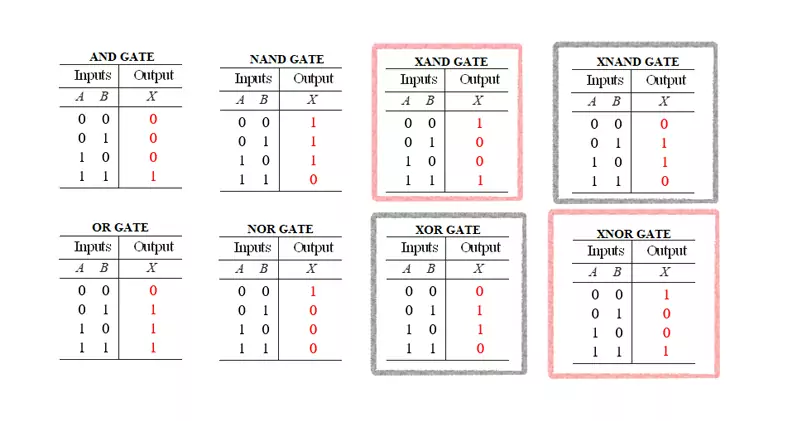
Speed and size of X-NAND flash
The news comes from tomshardware. The company claims that the random reading and writing speed of X-NAND are three times faster than that of QLC flash memory, the continuous reading speed is 27 times faster, and the continuous writing speed is 14 times faster. X-NAND is indeed very fast in terms of performance.
What’s more, the size of the chip is even smaller, the Die Size is only 37% of the same 16 planes NAND flash memory, therefore it can have better flexibility and reduce the size of the chip according to actual needs. Also, X-NAND has high parallelism even with a small size, as it is shown on smart phones or M.2 SSDs, this goal can be achieved without affecting durability and cost, and its power consumption is very low.
How does QLC SSD work now?
Currently, QLC SSD relies heavily on SLC Cache, because the original writing speed of QLC is too low, so QLC SSD basically uses its capacity advantages to equip with large-capacity SLC Cache. Since there is not much writing pressure in the consumer level market, there is enough free time to move the SLC cache to the QLC flash memory, but there is no such time for enterprise-level loads. X-NAND allows SLC and QLC write modes at the same time, so that allows flash memory to maintain the performance of SLC.
Western Digital predicts that the share of QLC in the flash memory market may reach 50% by 2024. The design purpose of X-NAND is to ensure that the current NAND solution can still be used and the traditional NAND process does not require structural changes, there is no additional manufacturing cost, and can quickly pass the sampling development. This design aims to accelerate the promotion and application of QLC, especially in the data center market, so that the performance of QLC is no longer a bottleneck.
Also, X-NAND has made a few change in the programming and erasing strategy, which can improve the durability of QLC flash memory. X-NAND has changed the page cache from 16KB to 1KB, but the size of Plane can be 16 times larger.
What’s Plane using for SD card in bulk?
Plane is the smallest unit of flash memory. Each Die contains one or more Planes. Obviously, it is an important component of SD card in bulk. The page cache holds the data stored between the bus and flash memory. The flash memory chips are separately protect bit line Plane or cell string Plane. Plane division can reduce the length of bit lines, it is helping to improve performance. Adjacent bit lines enhance this technique. Meanwhile, it will reduce the setup time during reading or verifying programs. As up to sixteen bit lines can be programmed in parallel structure, the writing performance is improved as well.
Main functions of X-NAND Flash for SD card in bulk
X-NAND has six main functions: multi-bit line writing, multi-Plane QLC programming, programming suspension, multi-BL reading, single-latch QLC reading, and SLC/QLC parallel programming. It depends on the way of implementation. Since multiple Planes are using in the programming sequence, the throughput of the program can be greatly improving.
Along with the use of Multiple memory banks, the program can realize SLC and QLC at the same time. To make sure that SLC page is never full, the QLC page can acquire data at the SLC speed. The program allows the use of internally shared inter-page cache data lines. Or I/O buses to minimize additional delays at the maximum amount. Plane improves the Reading to latch the reading of each bit line. And DRAM is a non-destructive way to renew the data.
X-NAND can be applying in conjunction with any number of existing NAND, thereby increase flexibility and simplifies conversion. NEO Semiconductor hopes that this technology will be cost-effective, fast and easy to implement in existing designs. The company said X-NAND is particularly useful for high-density flash memory like QLC. Because it can take advantage of high capacity, high performance and smaller chips size. While having good durability and low power consumption. This technology is aimed at embedded devices, AI and cloud, including NAS, data center and edge computing.











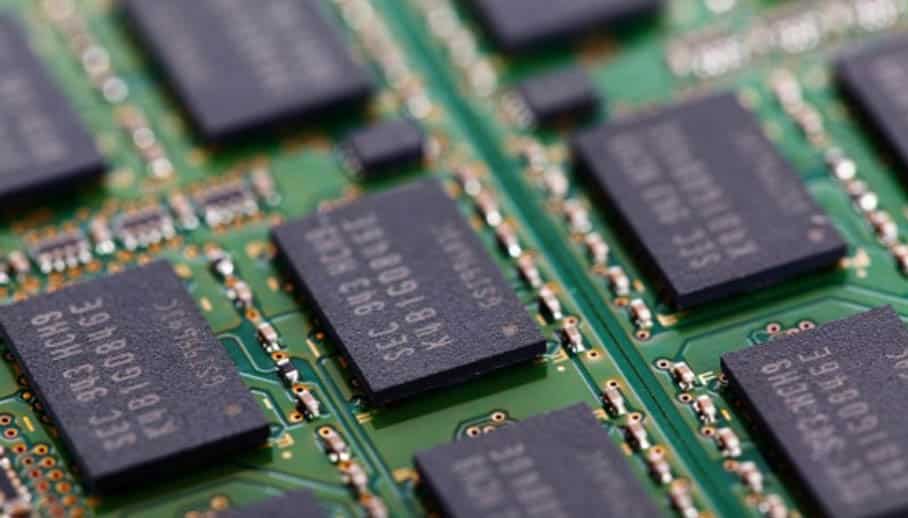
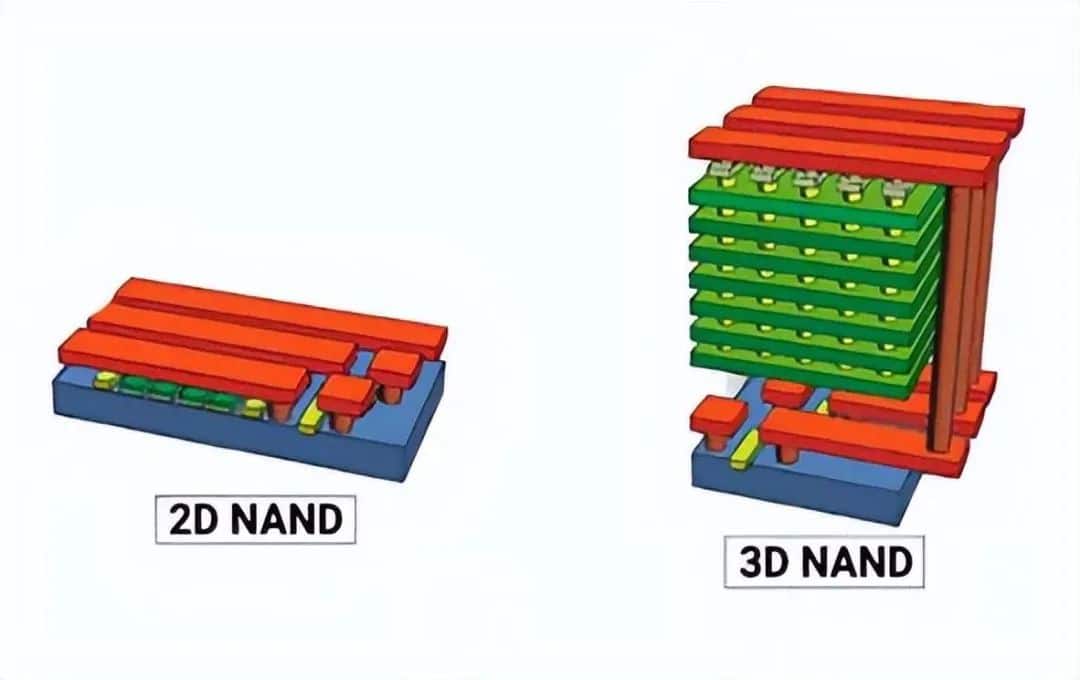
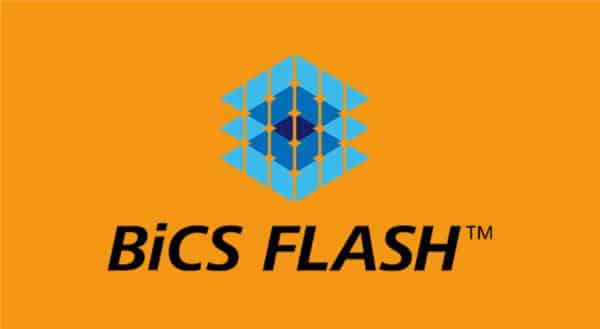

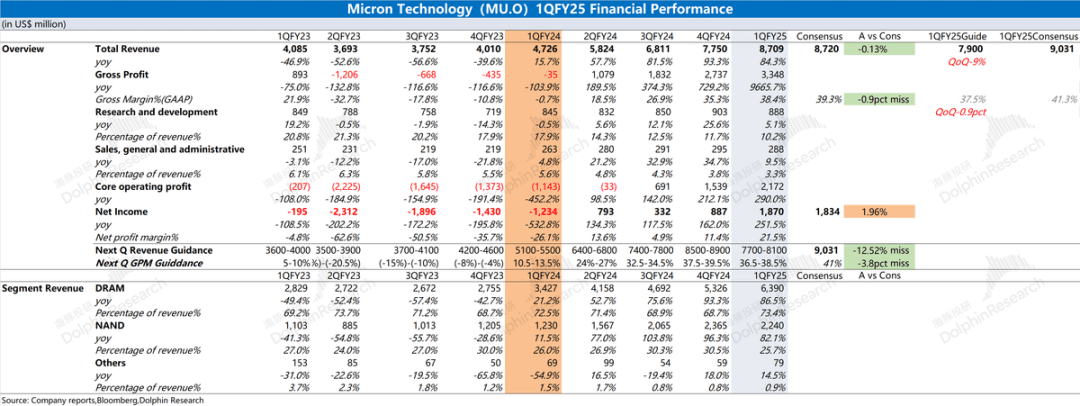
Leave a comment